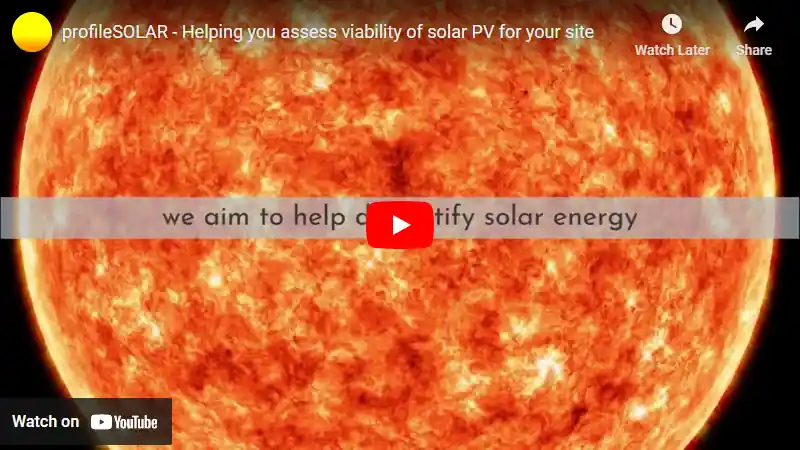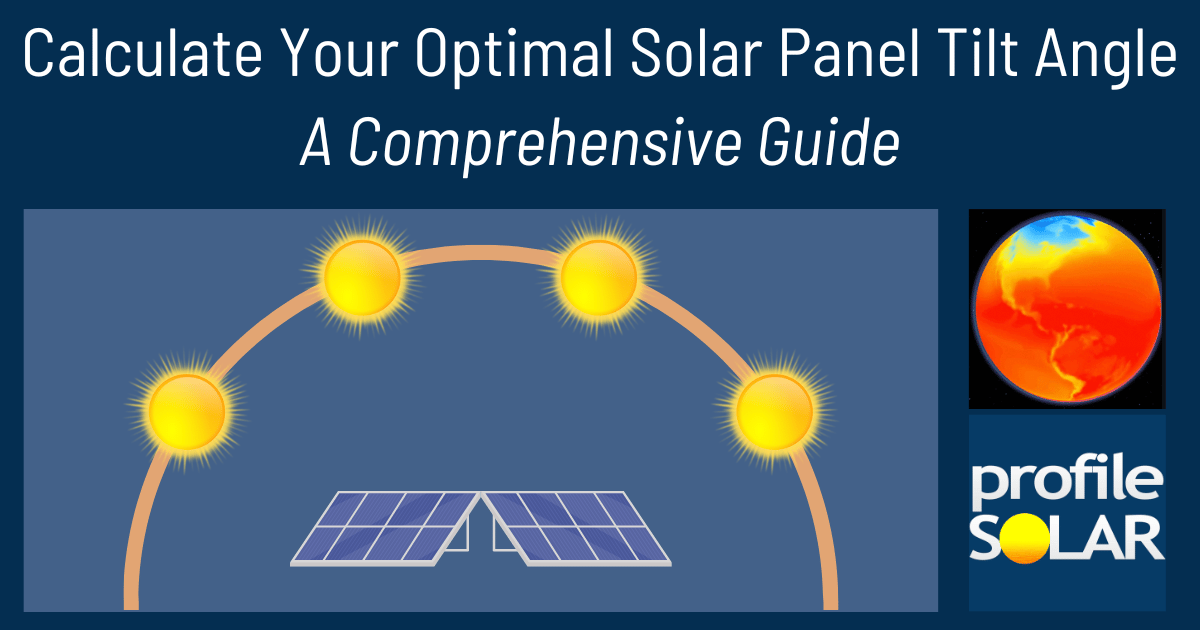

Delavan, Wisconsin, located in the Northern Temperate Zone, offers a moderate potential for solar energy generation throughout the year. The city's geographical position at latitude 42.6331 and longitude -88.6437 experiences significant seasonal variations in solar output.
Seasonal Solar Performance
Summer stands out as the most productive season for solar energy in Delavan, with an impressive daily output of 6.30 kWh per kW of installed solar capacity. Spring follows closely, generating 5.32 kWh/day. Autumn sees a considerable drop to 3.35 kWh/day, while winter experiences the lowest production at 2.29 kWh/day.
These figures highlight the substantial difference between peak and off-peak seasons, with summer producing nearly three times the energy of winter. This variation is typical for locations in the Northern Temperate Zone due to changes in daylight hours and sun angle throughout the year.
Optimal Panel Installation
To maximize year-round solar production in Delavan, fixed solar panels should be installed at a tilt angle of 37 degrees facing south. This angle optimizes the panels' exposure to sunlight across all seasons, balancing the high summer sun with the lower winter sun angle.
Environmental Considerations
While Delavan's location is generally favorable for solar energy, there are some environmental factors to consider:
- Snowfall: Wisconsin winters can bring heavy snowfall, potentially covering solar panels and reducing efficiency. Regular snow removal or the installation of panels at a steeper angle can mitigate this issue.
- Cloud cover: The region experiences significant cloud cover, particularly in late fall and winter. Using high-efficiency panels can help maximize production even in overcast conditions.
To address these challenges, consider installing panels with anti-soiling coatings to reduce snow adhesion and implementing a monitoring system to quickly identify and address any performance issues. Additionally, ensuring proper spacing between panel rows can facilitate natural snow shedding.
Despite these considerations, Delavan's location still offers a viable opportunity for solar energy production, especially during the spring and summer months. With proper installation and maintenance, solar PV systems can provide a significant contribution to local energy needs throughout the year.
Note: The Northern Temperate Zone extends from 35° latitude North up to 66.5° latitude.
So far, we have conducted calculations to evaluate the solar photovoltaic (PV) potential in 3081 locations across the United States. This analysis provides insights into each city/location's potential for harnessing solar energy through PV installations.
Link: Solar PV potential in the United States by location
Solar output per kW of installed solar PV by season in Delavan
Seasonal solar PV output for Latitude: 42.6331, Longitude: -88.6437 (Delavan, United States), based on our analysis of 8760 hourly intervals of solar and meteorological data (one whole year) retrieved for that set of coordinates/location from NASA POWER (The Prediction of Worldwide Energy Resources) API:




Ideally tilt fixed solar panels 37° South in Delavan, United States
To maximize your solar PV system's energy output in Delavan, United States (Lat/Long 42.6331, -88.6437) throughout the year, you should tilt your panels at an angle of 37° South for fixed panel installations.
As the Earth revolves around the Sun each year, the maximum angle of elevation of the Sun varies by +/- 23.45 degrees from its equinox elevation angle for a particular latitude. Finding the exact optimal angle to maximise solar PV production throughout the year can be challenging, but with careful consideration of historical solar energy and meteorological data for a certain location, it can be done precisely.
We use our own calculation, which incorporates NASA solar and meteorological data for the exact Lat/Long coordinates, to determine the ideal tilt angle of a solar panel that will yield maximum annual solar output. We calculate the optimal angle for each day of the year, taking into account its contribution to the yearly total PV potential at that specific location.

Seasonally adjusted solar panel tilt angles for Delavan, United States
If you can adjust the tilt angle of your solar PV panels, please refer to the seasonal tilt angles below for optimal solar energy production in Delavan, United States. As mentioned earlier, for fixed-panel solar PV installations, it is optimal to maintain a 37° South tilt angle throughout the year.
| Overall Best Summer Angle | Overall Best Autumn Angle | Overall Best Winter Angle | Overall Best Spring Angle |
|---|---|---|---|
| 26° South in Summer | 46° South in Autumn | 56° South in Winter | 35° South in Spring |
Our recommendations take into account more than just latitude and Earth's position in its elliptical orbit around the Sun. We also incorporate historical solar and meteorological data from NASA's Prediction of Worldwide Energy Resources (POWER) API to assign a weight to each ideal angle for each day based on its historical contribution to overall solar PV potential during a specific season.
This approach allows us to provide much more accurate recommendations than relying solely on latitude, as it considers unique weather conditions in different locations sharing the same latitude worldwide.
Calculate solar panel row spacing in Delavan, United States
We've added a feature to calculate minimum solar panel row spacing by location. Enter your panel size and orientation below to get the minimum spacing in Delavan, United States.
Our calculation method
- Solar Position:
We determine the Sun's position on the Winter solstice using the location's latitude and solar declination. - Shadow Projection:
We calculate the shadow length cast by panels using trigonometry, considering panel tilt and the Sun's elevation angle. - Minimum Spacing:
We add the shadow length to the horizontal space occupied by tilted panels.
This approach ensures maximum space efficiency while avoiding shading during critical times, as the Winter solstice represents the worst-case scenario for shadow length.
Topography for solar PV around Delavan, United States
The area around Delavan, Wisconsin in the United States features a gently rolling landscape typical of the Midwest region. Located in Walworth County, Delavan sits in an area shaped by ancient glacial activity, resulting in a mix of low hills, shallow valleys, and scattered wetlands. The topography is characterized by undulating terrain with modest elevation changes, creating a picturesque rural setting. The surrounding countryside is primarily composed of agricultural land, interspersed with patches of woodland and small lakes. Delavan Lake, a significant body of water to the southeast of the city, adds to the area's geographical diversity. The land gradually rises to the north and west, while it tends to be flatter towards the south and east.
Solar PV Potential
When considering areas nearby that would be most suited for large-scale solar PV installations, several factors come into play. The gently rolling terrain in the vicinity of Delavan offers some advantages for solar energy development. South-facing slopes, in particular, would be ideal locations as they receive more direct sunlight throughout the day. Agricultural lands to the south and east of Delavan present promising opportunities for solar PV projects. These areas tend to be flatter, which simplifies installation and reduces costs associated with land preparation. Additionally, many of these fields are already cleared of trees, minimizing the need for vegetation removal. However, it's important to note that the region's climate, characterized by cold winters and moderate cloud cover, may impact overall solar efficiency. Despite this, advancements in solar technology have made it increasingly viable even in less sunny climates. Potential sites for large-scale solar installations should also consider proximity to existing electrical infrastructure, avoiding environmentally sensitive areas such as wetlands, and maintaining a respectful distance from residential zones. Areas along major roads or near industrial zones might offer good connectivity options for feeding solar-generated electricity into the grid. In conclusion, while the topography around Delavan is not ideal for solar energy in comparison to sunnier, more arid regions, there are still ample opportunities for large-scale solar PV development. With careful site selection and modern solar technology, the rolling countryside and open farmland surrounding Delavan could be utilized to harness clean, renewable energy.United States solar PV Stats as a country
United States ranks 2nd in the world for cumulative solar PV capacity, with 95,209 total MW's of solar PV installed. This means that 3.40% of United States's total energy as a country comes from solar PV (that's 26th in the world). Each year United States is generating 289 Watts from solar PV per capita (United States ranks 15th in the world for solar PV Watts generated per capita). [source]
Are there incentives for businesses to install solar in United States?
Yes, there are several incentives for businesses wanting to install solar energy in the United States. These include federal tax credits, state and local rebates, net metering policies, and renewable energy certificates (RECs). Additionally, many states have enacted legislation that requires utilities to purchase a certain amount of electricity from renewable sources such as solar.
Do you have more up to date information than this on incentives towards solar PV projects in United States? Please reach out to us and help us keep this information current. Thanks!
Citation Guide
Article Details for Citation
Author: Aaron Robinson
Publisher: profileSOLAR.com
First Published: Sunday 17th of November 2024
Last Updated: Sunday 1st of December 2024
Tell Us About Your Work
We love seeing how our research helps others! If you've cited this article in your work, we'd be delighted to hear about it. Drop us a line via our Contact Us page or on X, to share where you've used our information - we may feature a link to your work on our site. This helps create a network of valuable resources for others in the solar energy community and helps us understand how our research is contributing to the field. Plus, we occasionally highlight exceptional works that reference our research on our social media channels.
Feeling generous?

Share this with your friends!


Compare this location to others worldwide for solar PV potential
The solar PV analyses available on our website, including this one, are offered as a free service to the global community. Our aim is to provide education and aid informed decision-making regarding solar PV installations.
However, please note that these analyses are general guidance and may not meet specific project requirements. For in-depth, tailored forecasts and analysis crucial for feasibility studies or when pursuing maximum ROI from your solar projects, feel free to contact us; we offer comprehensive consulting services expressly for this purpose.
Helping you assess viability of solar PV for your site
Calculate Your Optimal Solar Panel Tilt Angle: A Comprehensive Guide
Enhance your solar panel's performance with our in-depth guide. Determine the best tilt angle using hard data, debunk common misunderstandings, and gain insight into how your specific location affects solar energy production.






